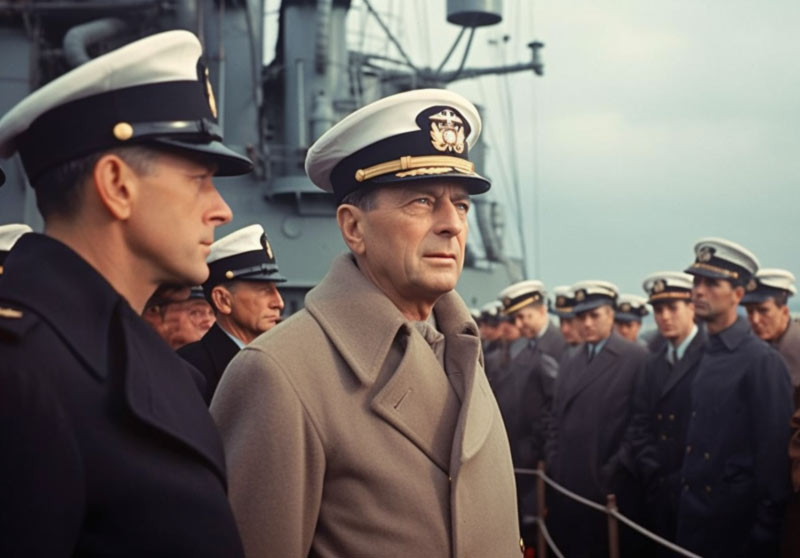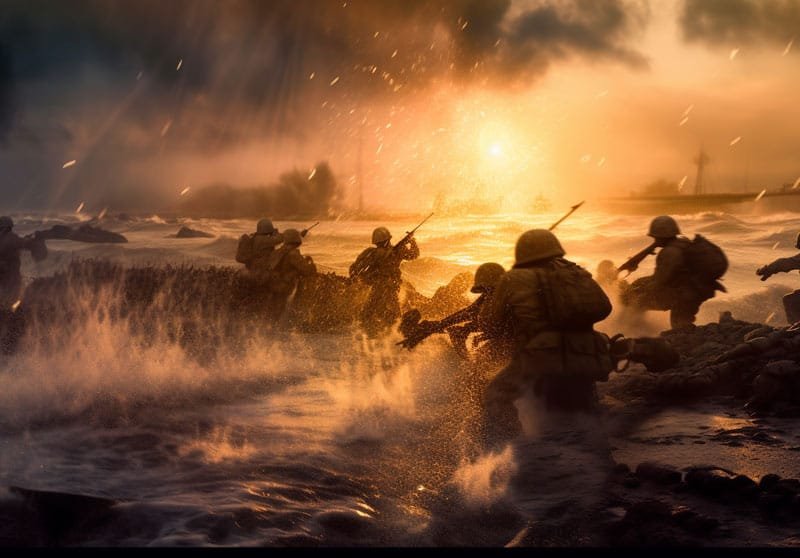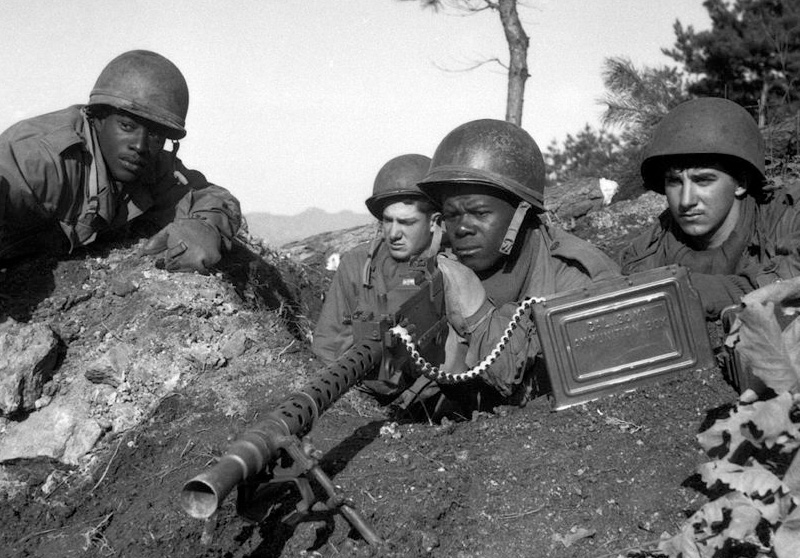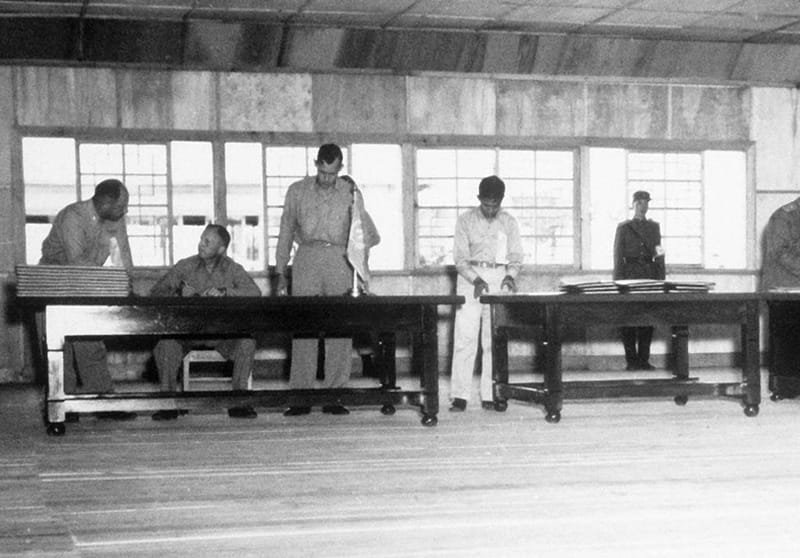A comprehensive article on the Battle of Inchon, a pivotal military engagement during the Korean War. In this piece, we will delve into the historical context, causes, key players, strategies, and outcomes of the battle. By reading this article, you will gain a deeper understanding of the significance of the Battle of Inchon and its profound impact on the course of the Korean War.
What You Will Learn
By exploring this article, you will learn:
- The historical context leading up to the Battle of Inchon.
- The causes and objectives of the battle.
- The key players and military forces involved in the operation.
- The strategies and tactics employed by the opposing sides.
- The course of the battle, including major engagements and turning points.
- The outcomes and consequences of the Battle of Inchon.
- The broader significance of the battle within the context of the Korean War.
Historical Context
To understand the Battle of Inchon, it is essential to grasp the historical context that preceded the conflict. Here are some key points:
- Korean War outbreak: The Korean War began on June 25, 1950, when North Korean forces launched a surprise invasion of South Korea, aiming to reunify the divided country by force.
- North Korean advance: In the initial stages of the war, the North Korean People’s Army (NKPA) achieved significant success, rapidly advancing southward and pushing the United Nations forces to the brink of defeat.
- United Nations intervention: The United Nations, under the leadership of the United States, responded to the North Korean invasion by deploying military forces to support South Korea and repel the aggressors.
Causes and Objectives of the Battle of Inchon
The Battle of Inchon, which took place from September 15 to 19, 1950, was a strategic amphibious assault launched by the United Nations forces. Here are the causes and objectives of the battle:
- Strategic importance: Inchon, a coastal city located on the west coast of South Korea, held significant strategic value due to its proximity to the capital city of Seoul and its potential to cut off North Korean supply lines.
- UNC objectives: The United Nations Command (UNC), led by General Douglas MacArthur, aimed to execute a bold amphibious landing at Inchon, with the primary objectives of recapturing Seoul, dividing the North Korean forces, and altering the course of the war.

Key Players and Military Forces
The Battle of Inchon involved several key players and military forces. Here are the primary actors in the operation:
- United Nations forces: Led by General Douglas MacArthur, the United Nations forces included troops from the United States, South Korea, and other allied nations. Admiral Arthur D. Struble commanded the naval forces involved in the amphibious assault.
- North Korean forces: The North Korean People’s Army, led by General Choi Yong-kun, defended the coastal areas surrounding Inchon.
Strategies and Tactics Employed
Both sides employed various strategies and tactics during the Battle of Inchon. Here are some notable approaches:
- United Nations amphibious assault: The UNC forces launched a daring amphibious landing at Inchon, utilizing surprise and deception to catch the North Korean defenders off guard.
- Naval bombardment: Prior to the landing, the United Nations naval forces subjected the North Korean defenses to intense bombardment, targeting key coastal positions and weakening the enemy’s resistance.
- Air support: The United Nations air forces provided crucial air cover, conducting airstrikes to neutralize enemy defenses and support the advancing ground troops.
Course of the Battle
The Battle of Inchon witnessed a series of engagements and a complex operational course. Here is an overview of the major developments:
- Amphibious landing: On September 15, 1950, the United Nations forces executed a successful amphibious landing at Inchon, despite challenging tidal conditions.
- Advances and counterattacks: The UNC forces faced initial resistance from the North Korean defenders but swiftly pushed inland, capturing key objectives and cutting off the enemy’s supply lines.
- Recapture of Seoul: As the UNC forces advanced, they successfully recaptured Seoul, dealing a significant blow to the North Korean morale and reestablishing control over the capital.
Outcomes and Consequences
The Battle of Inchon had profound outcomes and consequences that shaped the course of the Korean War. Here are some key points:
- Strategic victory: The United Nations forces achieved a resounding strategic victory at Inchon, successfully executing a daring amphibious assault and altering the momentum of the war.
- North Korean retreat: The North Korean forces, caught off guard and facing the risk of being encircled, were forced to retreat, abandoning their positions and withdrawing from South Korea.
- Changing dynamics: The Battle of Inchon marked a turning point in the Korean War, reversing the initial North Korean advance and providing the UNC forces with a renewed sense of confidence and momentum.
Significance within the Korean War
The Battle of Inchon held significant importance within the broader context of the Korean War. Here are some notable points:
- Liberation of Seoul: The recapture of Seoul following the successful Inchon landing had a symbolic and strategic impact, boosting South Korean morale and undermining the legitimacy of the North Korean regime.
- Changing international perception: The United Nations’ successful operation at Inchon increased international support for the intervention in Korea, bolstering the perception that the UNC forces could turn the tide of the war.
- Shift in the conflict’s trajectory: The Battle of Inchon marked a crucial shift in the dynamics of the Korean War, setting the stage for the subsequent United Nations’ advance and a change in the balance of power on the Korean Peninsula.
Conclusion
The Battle of Inchon stands as a pivotal moment in the Korean War, where a daring amphibious assault reshaped the trajectory of the conflict. By understanding the historical context, causes, key players, strategies, and outcomes of this battle, we can gain valuable insights into the complexities and decisive moments of the Korean War. The successful execution of the Inchon landing showcased the United Nations forces’ resilience, adaptability, and determination, providing a turning point that shifted the momentum in favor of the UNC forces and setting the stage for future operations to liberate South Korea from the North Korean aggression.
- The Battle of Midway: Turning the Tide in the Pacific - June 7, 2023
- The D-Day Operation of June 6, 1944 - June 6, 2023
- The B-29 that Changed History - June 4, 2023


